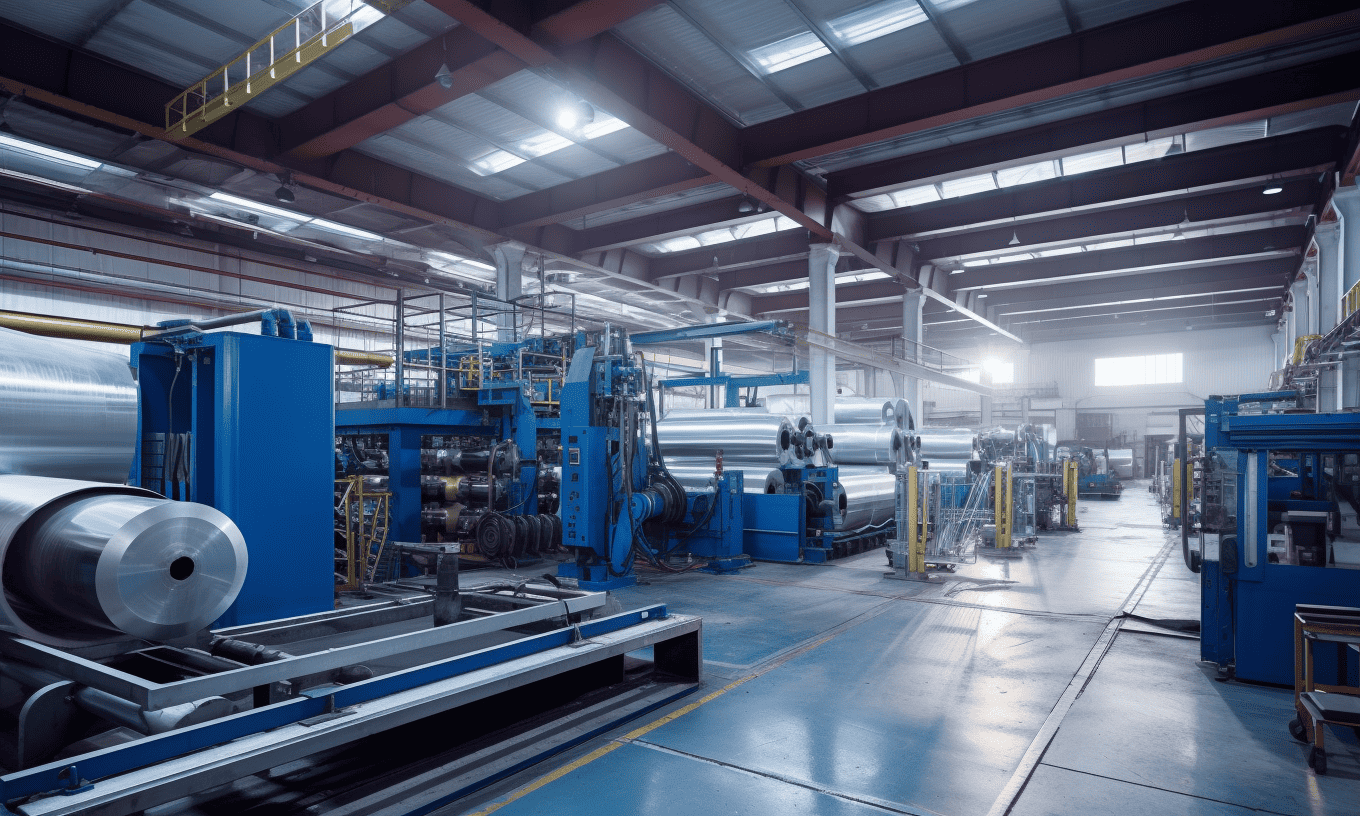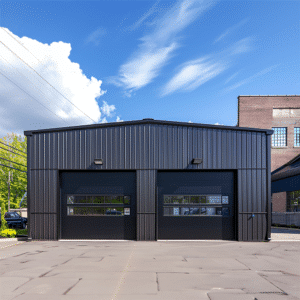In today’s world, energy-efficient construction stands at the forefront of innovation, seeking to balance modern living needs with ecological responsibility. You might wonder—how do these seemingly disparate goals align? Like a carefully tuned orchestra, modern technologies harmoniously blend to create structures that reduce energy consumption while enhancing comfort. Let’s delve into the latest innovations reshaping the construction landscape.
Why Energy-Efficient Construction Matters
The buzz around energy-efficient construction is more than just hot air. With the mounting evidence of climate change, our impact on the environment is under scrutiny. Yes, every small step counts, but the buildings where we live and work have an enormous footprint. So, how can these energy-guzzling giants transform into beacons of sustainability?
The answer lies in embracing technologies that significantly cut energy use, reducing carbon footprints and operational costs. This transformation not only benefits the planet but also enhances human health and comfort. As we explore cutting-edge practices, it’s clear that energy-efficient construction isn’t just a trend—it’s a revolution.
The Role of Innovative Materials
Let’s start with the materials. Traditional building materials have been reinvented to minimize energy consumption. Insulation, a cornerstone of sustainable building practice, has seen major advancements. Advanced insulating materials and techniques, like aerogels and vacuum panels, provide enhanced thermal resistance, keeping buildings warm in the winter and cool in the summer.
Moreover, phase-change materials (PCMs) have emerged as game-changers. These materials absorb and release thermal energy during phase transitions, thereby stabilizing indoor temperatures. This development represents a leap toward energy efficiency.
Innovative Technologies Driving Efficiency
Technology furthers this drive toward efficiency. Smart home systems, for example, allow users to control their home environments remotely. By automating heating, lighting, and cooling, these systems reduce energy wastage by adapting to residents’ routines. Indeed, the advent of these intelligent systems has made it possible to measure, manage, and optimize energy usage with unprecedented accuracy.
Furthermore, solar panel technology has soared in popularity. Innovations in photovoltaic cells have increased their efficiency and affordability, allowing homes and businesses to harness renewable energy directly from the sun. The integration of solar technology with energy storage systems propels buildings towards self-sufficiency.
Steel Construction: Eco-Friendly and Adaptable
Steel buildings, often overlooked in the pursuit of Natural Resources Canada – Energy-Efficient Construction, offer numerous advantages. Pre-fabricated steel structures facilitate quick assembly, reducing construction time and waste. The sleek design options lend themselves to customization, making steel an ideal choice for versatile energy-efficient construction projects.
Take, for instance, the 20×30 steel building kit. It exemplifies adaptability, providing a sustainable solution with enduring materials that combine efficiency with cutting-edge design.
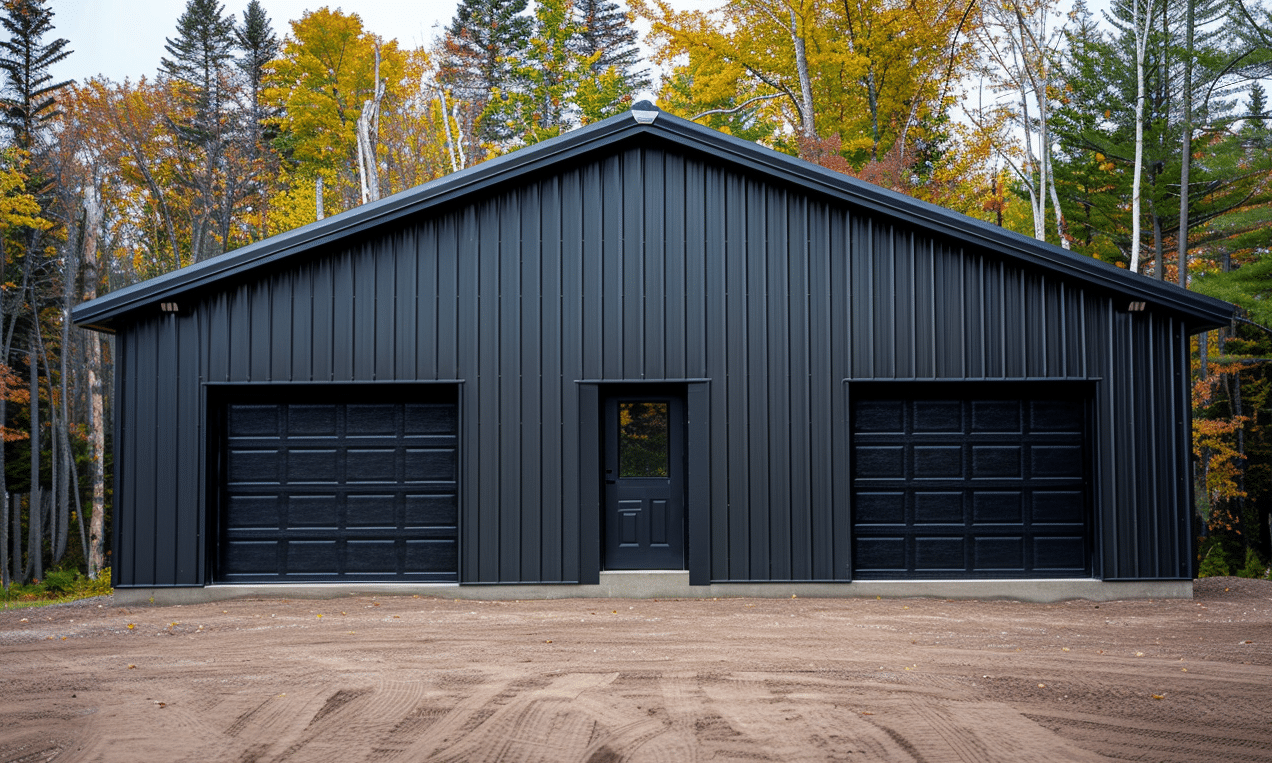
Regulatory Backing and Standards
As important as innovation is, establishing frameworks through energy codes and efficiency standards ensures a unified move towards sustainability. Governments around the world enforce standards that mandate minimum energy efficiency criteria. These codes are instrumental in reducing energy demand and associated emissions from buildings.
Canada, for instance, remains committed to energy efficiency, providing resources and policies that propel the industry forward. Through collaboration and adherence to these guidelines, stakeholders can effectively retrofit and construct buildings that minimize resource consumption.
Case Study: The Rise of the Shipping Container Home
In the shift towards energy efficiency, unconventional materials like shipping containers have gained traction. Their robust nature makes them perfect candidates for conversion into eco-friendly homes. When strategically placed, ventilation and natural lighting further enhance their sustainability, reducing reliance on artificial climate control systems.
Take a look at this transformation:
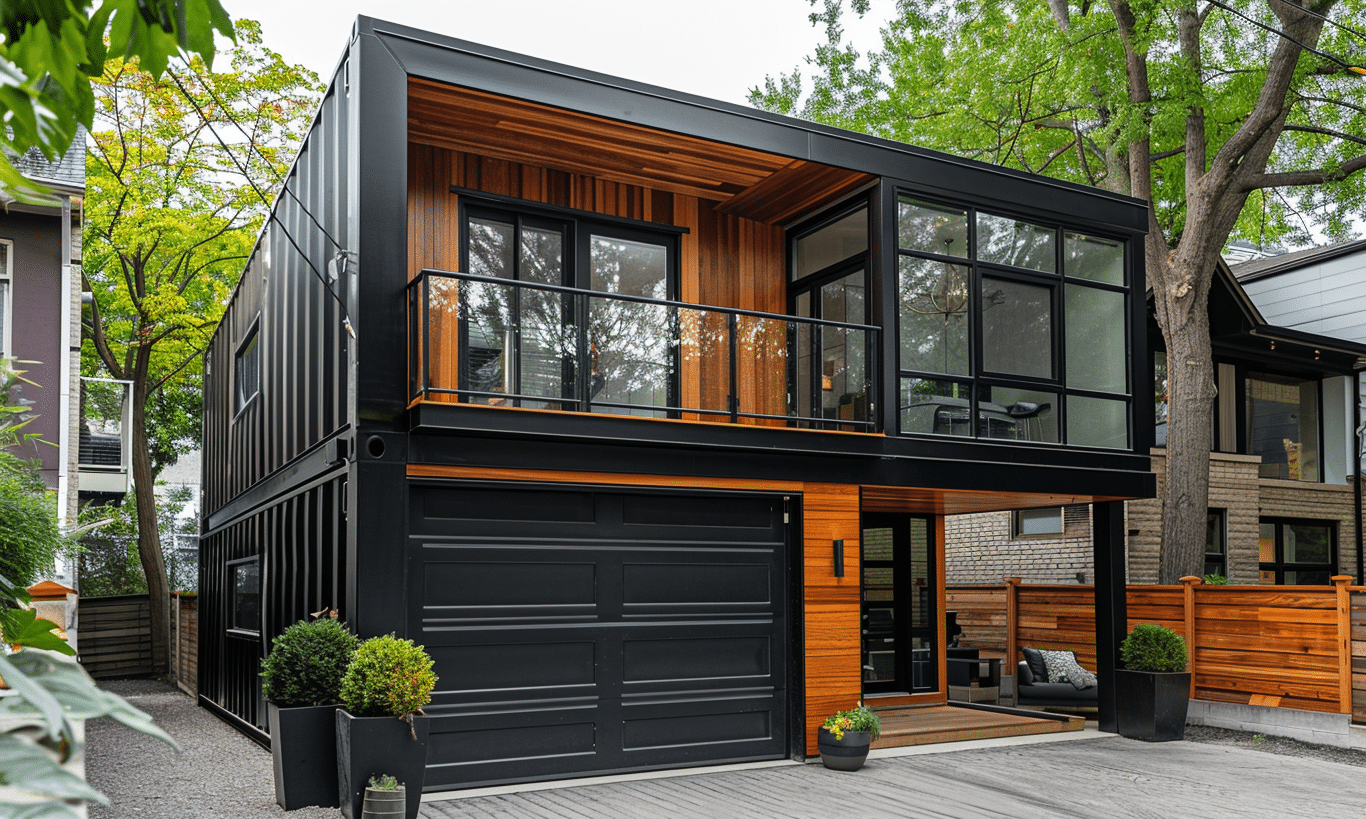
The Future: A Green Horizon
So, where do we go from here? The future of construction looks promising, driven by the spirit of innovation and the pressing need for sustainability. Well-designed urban environments carefully integrated with nature can support diverse ecosystems while sustaining human activity. This vision transforms the traditional cityscape into an interconnected web of smart buildings and green spaces.
But this journey doesn’t end here. It is continually evolving, fueled by the visionary architects and builders who adapt today’s constructions for tomorrow’s demands. By prioritizing energy efficiency, we can pave the way for greener, healthier, and more resilient communities.
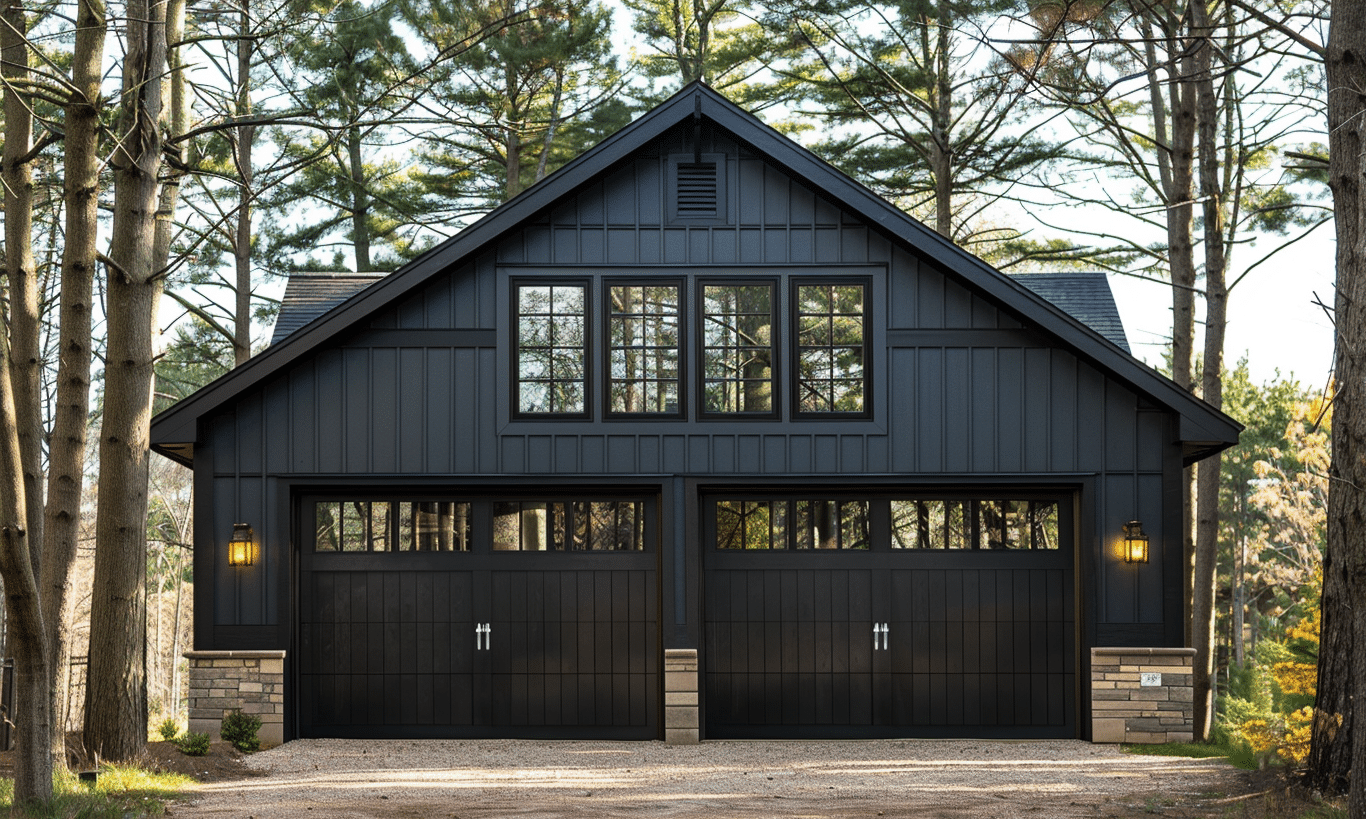
In conclusion, energy-efficient construction offers a wealth of possibilities that collectively redefine how we perceive and interact with our built environment. From breakthroughs in materials and technologies to the collaborative work of bringing these buildings to life, the commitment to a sustainable future is stronger than ever. So why not join the movement? Let each decision, whether big or small, construct a pathway to a greener tomorrow.


